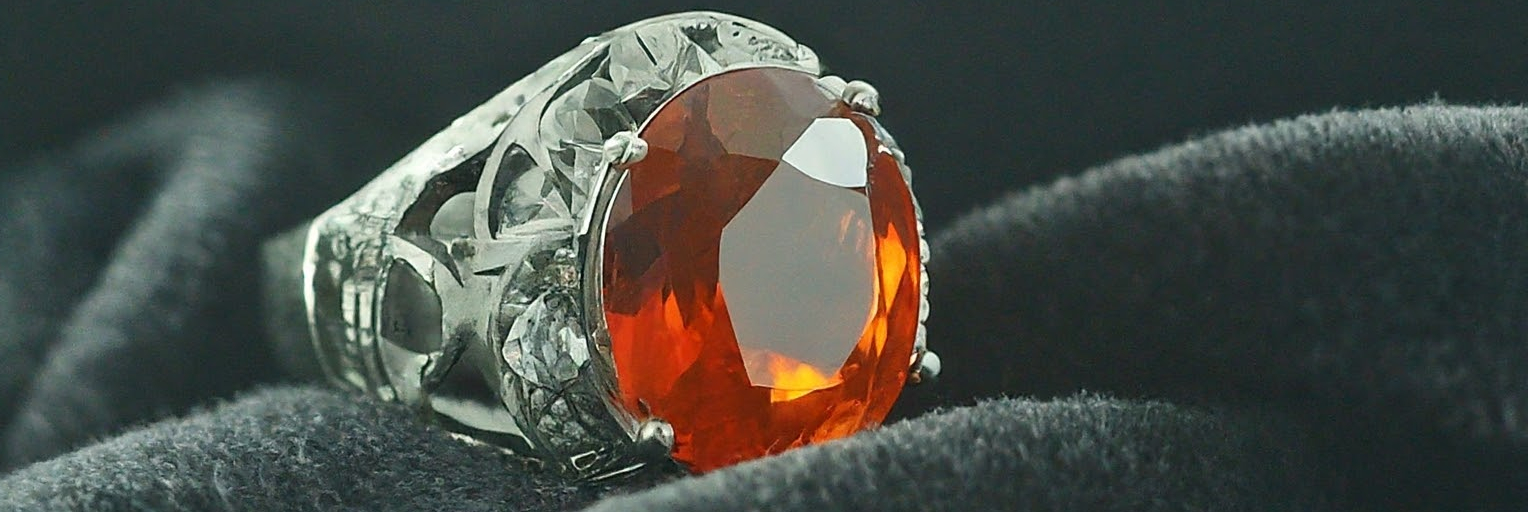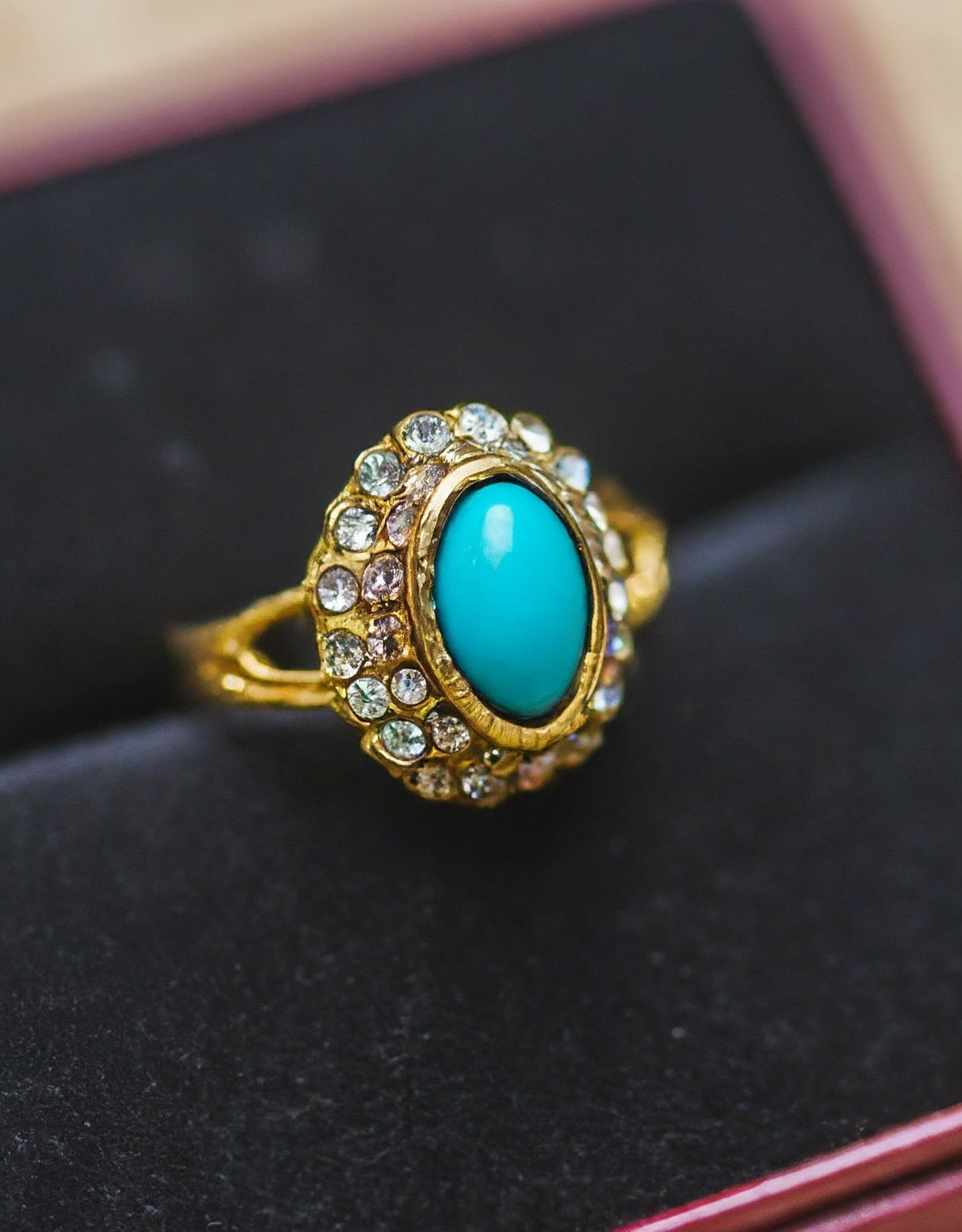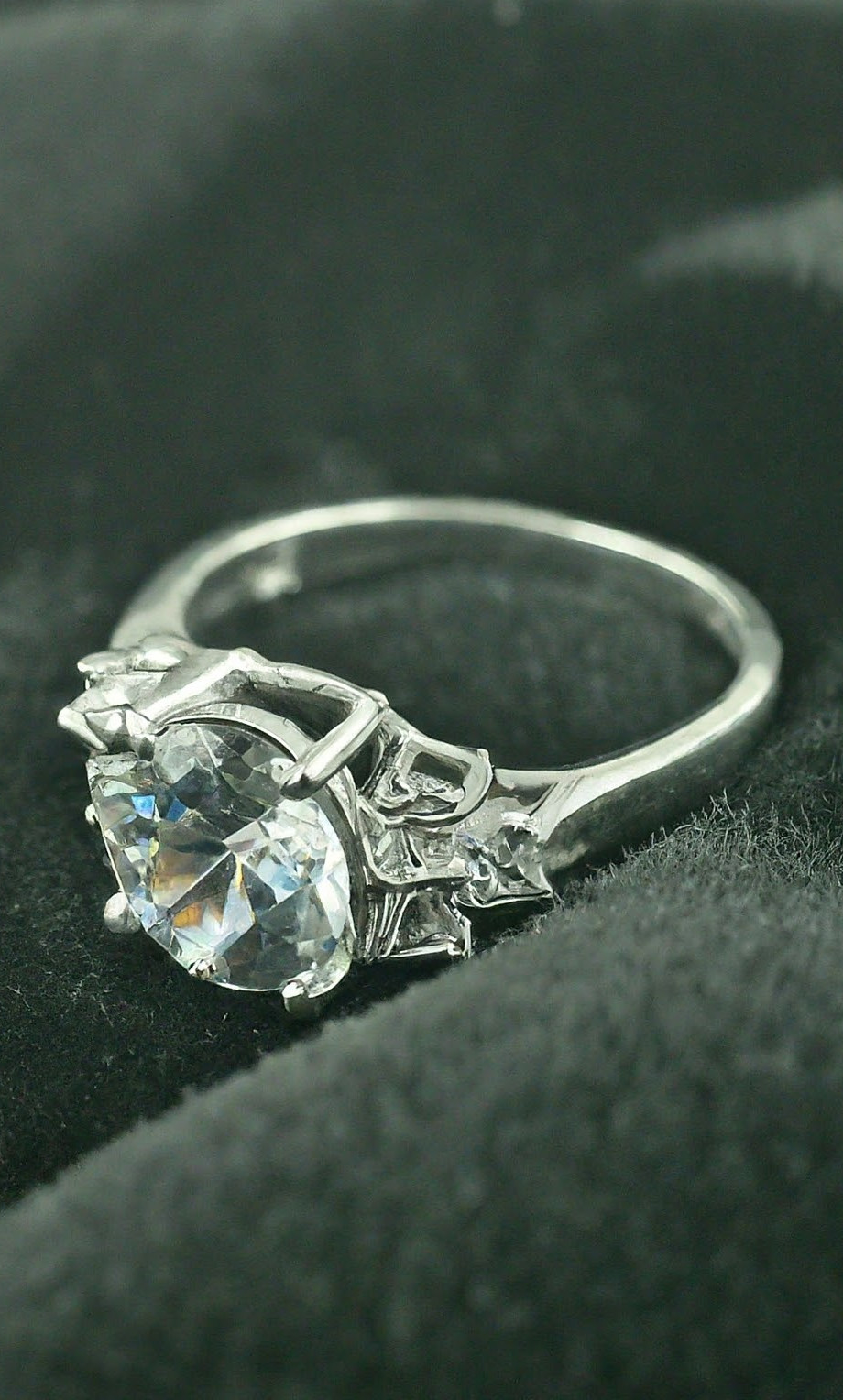
Vintage fashion jewelry rings carry a timeless elegance that transcends fleeting trends. Each piece often tells a story, encapsulating the design aesthetics and cultural values of the era it was created in. This unique historical charm sets vintage rings apart from modern counterparts, offering a connection to the past that is both sentimental and stylish.The craftsmanship of vintage rings is typically of a higher caliber compared to many contemporary mass-produced pieces. Jewelers in past decades often spent countless hours perfecting each detail by hand, resulting in intricate designs and exceptional quality. This dedication to the craft ensures that vintage rings are not only beautiful but also durable.
Vintage fashion jewelry rings often feature superior materials. Gold, platinum, and sterling silver were commonly used, providing a level of purity and robustness that modern alloys sometimes lack. Additionally, the gemstones used in vintage rings, such as diamonds, sapphires, and emeralds, are often of higher quality, having been cut and polished with great skill and care. The design of vintage rings is another aspect where they excel. Unlike the often homogenized styles of today, vintage rings boast a variety of unique designs influenced by different art movements, from the geometric lines of Art Deco to the intricate floral motifs of Victorian jewelry. This diversity allows for a more personalized and distinctive expression of style.
Choosing vintage jewelry is an eco-friendly option. By purchasing pre-owned rings, consumers reduce the demand for new mining activities, which can be environmentally destructive. Recycling and reusing existing jewelry helps to conserve natural resources and minimize the carbon footprint associated with new jewelry production. Owning a vintage ring is like holding a piece of history. Each ring can reflect the social and cultural nuances of the time period it was created in. Whether it’s a Victorian ring symbolizing the romanticism of the era or an Art Deco piece showcasing the bold innovation of the 1920s, vintage rings are a testament to the artistic and historical heritage.
Vintage jewelry rings can also be a sound investment. Their rarity and the high quality of craftsmanship can lead to appreciation in value over time. Unlike many modern pieces, which may depreciate, vintage rings often retain or even increase their worth, making them both a beautiful accessory and a valuable asset.
The sentimental value of vintage rings is immeasurable. These rings are often passed down through generations, carrying with them family stories and personal memories. Wearing such a piece connects individuals to their heritage, creating a sense of continuity and belonging.
Many vintage rings were created using techniques that are no longer widely practiced. Hand engraving, filigree work, and milgrain detailing are just a few examples of the meticulous artisan techniques employed by jewelers in the past. These methods add a level of detail and artistry that is hard to find in modern jewelry.
The ethical implications of choosing vintage jewelry are significant. Modern jewelry production can sometimes involve exploitative labor practices and unethically sourced materials. By opting for vintage rings, consumers can avoid contributing to these issues and instead support a more ethical and humane approach to jewelry consumption.
Vintage rings offer a unique way to express personal style. Their distinct designs and historical context provide wearers with the opportunity to showcase their individuality and appreciation for history. Whether through a bold Art Nouveau design or a subtle Edwardian piece, vintage rings allow for a personalized fashion statement.
Many vintage rings are considered rare and collectible. Limited production runs and the passage of time have made certain pieces difficult to find. Collectors and enthusiasts often seek out these rings for their rarity and the unique story each piece tells, adding to their allure and value.
Interest in vintage rings helps to revive traditional craftsmanship. As more people appreciate and seek out these pieces, there is a renewed focus on the skills and techniques used to create them. This revival helps to preserve important aspects of cultural heritage and promotes the continuation of high-quality jewelry making.
Despite their historical roots, vintage rings are surprisingly versatile. They can complement both modern and classic outfits, adding a touch of elegance and sophistication. The timeless designs make them suitable for various occasions, from casual gatherings to formal events.

Vintage fashion jewelry rings have long been symbols of authority and status. Historically, rings were worn by nobility and influential figures to signify power and wealth. For women, wearing such rings was a subtle yet powerful way to assert their own authority and social standing. In eras when women's roles were largely confined to the domestic sphere, possessing and displaying fine jewelry was a form of silent rebellion and self-empowerment. The ornate designs and precious materials of these rings not only elevated the wearer’s status but also conveyed an unspoken message of autonomy and influence in a male-dominated society.
The late 19th and early 20th centuries marked significant periods of change for women, coinciding with the rise of suffrage movements and increased calls for gender equality. During this time, women began to adopt more prominent and assertive styles in their jewelry choices. Vintage rings from this era often featured bold designs that symbolized the rise of women in society.
Vintage fashion jewelry rings have long been symbols of authority and status. Historically, rings were worn by nobility and influential figures to signify power and wealth. For women, wearing such rings was a subtle yet powerful way to assert their own authority and social standing. In eras when women's roles were largely confined to the domestic sphere, possessing and displaying fine jewelry was a form of silent rebellion and self-empowerment. The ornate designs and precious materials of these rings not only elevated the wearer’s status but also conveyed an unspoken message of autonomy and influence in a male-dominated society.
The cultural and social impact of vintage rings on women's equality cannot be overstated. These pieces of jewelry became intertwined with significant milestones in women's rights movements. For instance, the Art Deco period, with its emphasis on modernity and breaking with tradition, coincided with the flapper movement and the push for women's suffrage. Rings from this era often featured geometric designs and bright gemstones, symbolizing a break from the past and an embrace of a new, more egalitarian future. Wearing such rings was not just a fashion statement but a declaration of solidarity with the broader movement for gender equality. They represented both personal and collective strides toward achieving equal rights and recognition for women.
Vintage fashion jewelry rings serve as powerful symbols of defiance against systems of oppression by allowing individuals to express their unique identities in the face of societal constraints. For many marginalized communities, such as women, LGBTQ+ individuals, and racial minorities, these rings provide a means to visibly assert their presence and individuality. The intricate designs, high-quality materials, and historical significance of vintage rings enable wearers to make bold statements about their personal values and histories. This act of wearing a distinctive piece of jewelry becomes a form of resistance, challenging homogenizing forces that seek to erase or diminish their identities. By choosing to wear vintage rings that reflect their unique styles and heritage, diverse individuals assert their right to be seen and recognized in a world that often marginalizes them.
Vintage rings also represent economic empowerment and autonomy, crucial elements in the fight against systemic oppression. For many individuals from marginalized groups, the ability to own and trade valuable vintage jewelry offers a form of financial security and independence. Historically, women and other oppressed groups have been denied access to wealth and property, but owning valuable jewelry provided a way to circumvent these restrictions. Vintage rings, often crafted from precious metals and gemstones, hold substantial intrinsic value, making them tangible assets that can be leveraged in times of need. This economic autonomy is a crucial factor in resisting oppressive systems, as it enables individuals to secure their futures, make independent decisions, and support their communities. The act of investing in and wearing such jewelry becomes a declaration of self-reliance and resilience against economic disenfranchisement.
Another critical way vintage fashion jewelry rings help diverse people fight oppression is by preserving and celebrating cultural heritage. Many vintage rings carry deep historical and cultural significance, representing the artistic and social traditions of different eras and communities. For marginalized groups, these rings offer a way to connect with and honor their heritage, keeping their cultural narratives alive in the face of assimilation pressures. By wearing vintage rings that reflect their cultural backgrounds, individuals can resist cultural erasure and promote the appreciation of their traditions. This celebration of heritage through jewelry not only strengthens personal identity but also fosters a sense of community and solidarity among those who share similar backgrounds. In this way, vintage rings become more than just fashion statements; they are powerful tools for cultural preservation and resistance against the homogenizing forces of oppression.
